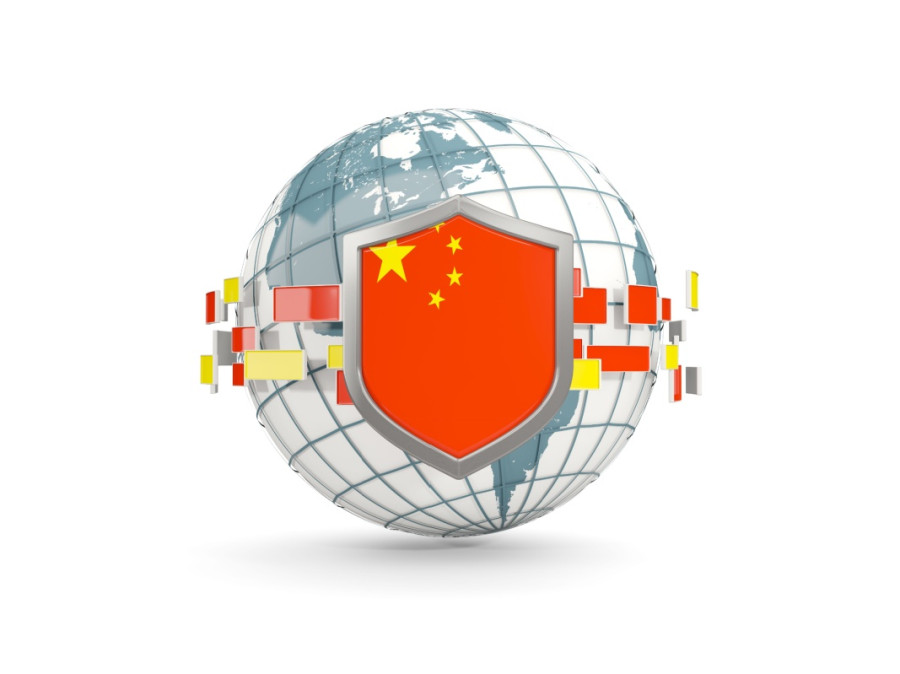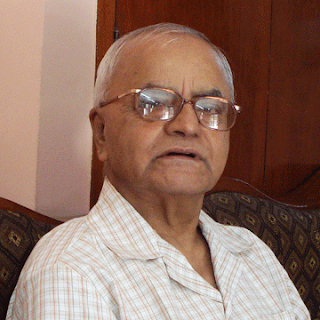Columns
China-South Asia connectivity
Competitive power politics have created barriers at a time when greater connectivity should be promoted.
Lok Raj Baral
The present-day China seems interested in reaching out to as many countries as possible because it aspires to be recognised and felt as a global power. Its endeavour to rediscover South Asian culture and heritage as part of its extending connectivity mission is quite natural. Indeed, President Xi Jinping’s China has tried to hone both hard and soft power capabilities by adopting a dualistic approach to upgrading its foreign policy objectives. Since China’s soft power competitive smartness is comparatively weaker than that of the Western powers, especially its fierce competitor, the United States of America, it seems to develop a level of connectivity in multiple areas—culture, history, infrastructure building and even political influence. Thus, this article captures such aspects that not only try to revisit the old links but also to rekindle the hope of bringing South Asians closer to the people of China. Language, civilisational commonalities and trade prospects are essential for promoting such cultural and other connectivity linkages.
China is a “civilisation state” with a strong imperial political tradition. The present view of the nation-state, which is very much tempered by its cultural heritage, took its form only in the 19th century. Confucian and Lao Tzu’s thoughts, believed to have maintained harmony and peace within the broad Chinese society, still prevail. “Confucian world”, to quote Martin Jacques, “is a world without border” urging the Chinese people to “reconstruct Confucian orthodoxy and Confucian view of the world that all Under-Heavan is one family”.
In the past, all imperial dynasties in China upheld the idea of “Under-Heavan”, which has, as of today, given rise to maintaining harmony among the various nations (Manchu, Mongolian, Hui, Tibetan and Han). The Uyghurs and other Turkic Muslim minorities of Xinjiang Province sometimes show their separate identity, but China is more or less a homogenous country despite more than 92 percent domination of Han people. As a result of such a long cultural heritage, the process of political acculturation is accordingly shaped, given the one-party rule seldom brings forth discordant views of people.
The increasing acceptability of Buddhism in China has also made the connectivity agenda easier, as it is said that about 25 percent of Chinese embrace Buddhism. Taking it as a significant area for expanding Chinese soft power, the Communist regime has made it a component of Chinese foreign policy, contrary to the communist formulation of religion as the opium of people.
South Asia, by contrast, is hierarchical due to its dominant caste stratification system, which has prevailed for over four thousand years. The dominant Hindu religion, accompanied by caste hierarchy, continues. However, Buddhism, which does not accept many Hindu rituals and customs features, is the most important connecting factor. Today, the doctrine of peaceful co-existence, peace as a component of foreign policies of all, has further reinforced this connectivity.
The Trans Himalayan cultural, political and economic links were established between the Nepal valley and China. The Jokhang temple was constructed 1,400 years ago by the artists of Kathmandu Valley. During the Lichhavi period in the Valley, Bhrikuti, the princess, was married to the King of Tibet. Similarly, Araniko is regarded as the best connecting factor between Nepal and China. In addition, many explorers actively discovered various cultural and religious places in India and Nepal. India, a major part of South Asia, was connected first in 67 AD by an Indian scholar, Kashayapa Matanga. Jawaharlal Nehru writes in The Discovery of India that “there was two-way traffic between India and China and many Chinese scholars came here”. Among them, Fa Hien, Sung Yun and Hsuan Tsang were prominent. Many Chinese scholars spent years at Nalanda University learning Buddhism.
Such rich cultural links between South Asian countries and China were almost broken following the emergence of nation-states and the politicisation of borders, trade, tourism and pilgrimages. Although avenues of contact have been made easy, the “primacy of politics” has forestalled cooperation and peace. At a time when greater connectivity between the peoples of China and South Asia needs to be promoted, competitive power politics have created political barriers. A cultural forum held in Malaysia in September 2024 has emphasised the need for cooperation and understanding to establish civilisational links. It is stated that “Asian countries should make full use of the power of culture and civilization to support regional unity, openness and progress for a shared future”.
Given the divergent political approaches to foreign and strategic policies of South Asian nations and the increasing impetus given to ultra-nationalism trends based on political bigotries, it would be difficult for China to navigate its overall relations with South Asia as a region. Since the very concept and practice of regionalism seems to be declining due to rivalries of big powers in the region, China's aspiration of upgrading cultural connectivity is likely to suffer a setback. Unless India, China and Pakistan achieve a certain level of political understanding, the prospects of cooperation, stability, unity and partnership will not be bright. Yet, amid conflict and cooperation, some of the mechanisms can be put in place for upgrading the level of connectivity.
Culturally, South Asian people were/are exposed more to the West than to oriental culture because of colonialism. Western education and language promoted under the patronage of British colonial power could influence South Asian culture by mixing Western and Eastern cultures. Language, education, lifestyle, etc., have been tremendously shaped by the West. Moreover, Western political ideology was formed to such a great degree that the new elites of South Asia were/are more anglicised than the Westerners themselves. Historically, South Asia is an amalgam of different cultural traits, making a mixture of them all. To cite Nehru again, “A synthesis worked itself out: new styles of architecture arose, food and clothing changed, and life was affected and varied in many others”. Islam enriched the culture much earlier than the coming of the Muslim rulers in India. Such rich synthesis that exists even today can be useful for connecting it to the Chinese cultural tradition formed in the same manner as in South Asia.




 6.73°C Kathmandu
6.73°C Kathmandu















